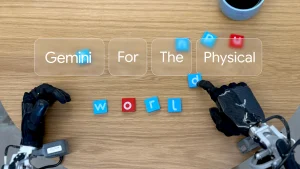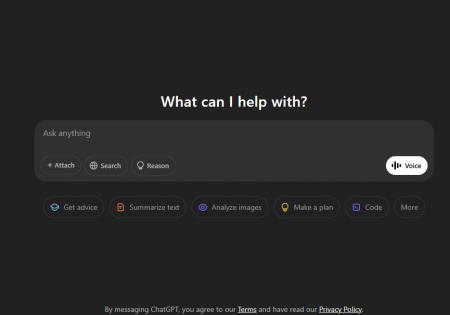The cliché that the world needs more power, finds original solutions; some border on the fantastic, others – absurd, writes Satyen K. Bordoloi.
Talking of the world needing more energy, we only think of consumer devices – laptops, mobiles, tablets etc. What we don’t realise is that, increasingly, all these devices run on things that run on systems hundreds to thousands of miles away. Endless data farms today house everything from data centers for your photos and documents to the information that’s guiding you out of a traffic jam via a mapping app.
This backend, from data servers and farms to mobile operators and your local ISP, also needs power. Then there’s the biggest energy guzzler: Artificial Intelligence that runs more and more of our systems. All these places heat up. So, we need still more energy, to cool them down.
Thus, whether we know it or not, electrons flowing in wires powering the world up is its new currency. As you’d expect, companies providing all these services, are doing their bit to set up their power banks.
Here are just nine examples of new, unique ways to generate power, that has found funders in some of the biggest tech behemoths of the world. The examples here will surprise you, as they range from both the patently dangerous to what will be outrightly outlandish solutions.

1. to 4. RENEWABLES:
With climate change in the minds of all technocrats, what they are all hunting for, are ways to harness renewable power. Thus, solar, wind, water, and even geothermal energy have got a shot in the arm.
Its abundance makes solar energy the winner among renewables. A ton of new startups have come up that want to redefine how we turn solar energy into electricity cheaply and effectively. Though a solution that will truly change the field seems elusive, it is only a matter of time before one will be found. Many of these are already being experimented upon by the tech giants. A clear winner will also spruce up the home solar power sector.
Like solar, wind is abundant. Data centers located in windy regions are tapping into it. These are not just giant turbines spinning gracefully, but startups have designed smaller, more compact ones. Take the vertical-axis wind turbines that use a rotor that rotates around a vertical axis and have helical or egg-shaped blades. Bladeless vertical-axis wind turbines also use a vertical-axis configuration, eliminating blades. Imagine a tall rod-like structure jutting out of the ground, quietly generating power.
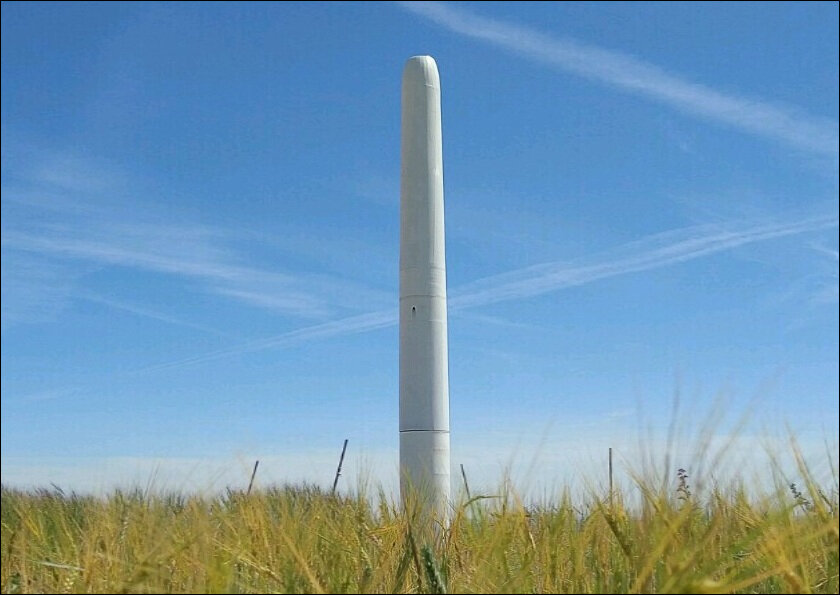
Like the miniaturization of wind turbines, water wheels, and hydroelectric dams have also found their size reduced by newer innovations. Data centers near rivers or water bodies have already begun using the flow of water to generate clean hydroenergy.
Places that have geothermal vents, letting out heat or warm water, are being tapped to provide a steady supply of energy. Data centers in volcanic regions, e.g. those located in Iceland, have begun tapping into this source.
What is helping boost up renewables, is the miniaturization of the technologies to generate power through these sources. Thus, the rooftops of an establishment can be dotted with solar panels while jutting above trees in their abundant properties, could be small wind farms. And if there’s a water body flowing around, a mini or micro hydel power plant can add to the power generation. This combination of multiple sources of power generation is proving to be a game changer.
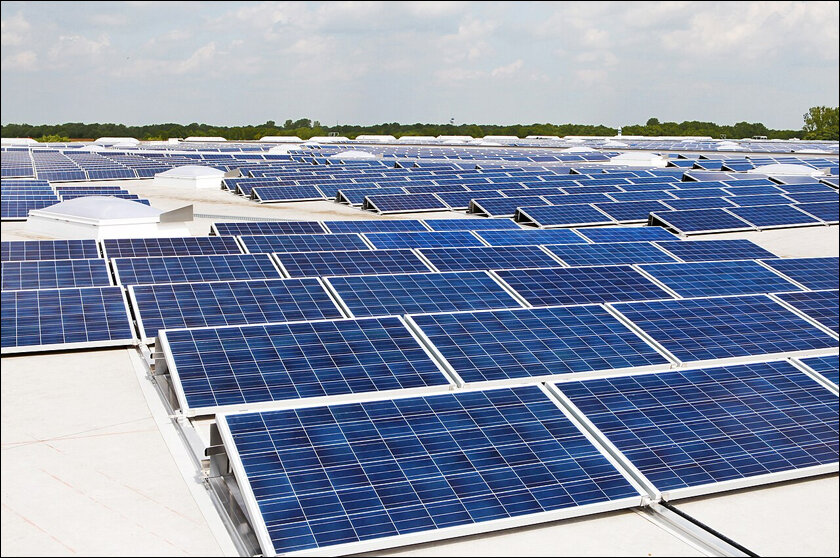
5. RAW MATERIAL USED TO MAKE BOMBS:
Nuclear power lying trapped inside nuclear bombs that’ll hopefully never be exploded acting as a ‘deterrent’ for enemies, is so last century. This one, is the era of SMRs or Small Modular Reactors, “a class of small nuclear fission reactors, designed to be built in a factory, shipped to operational sites for installation and then used to power buildings or other commercial operations.” It is a new technology, first demonstrated only in 2007. Since then many companies have emerged to develop this tech and 2022 saw the first working model being available in the US market. Other varieties of these reactors are being developed by both startups and popular companies like Rolls Royce.

6. FUTURISTIC CONCEPTS FROM THE LAB:
A mini sun, or power generated through nuclear fission has always been a dream of scientists. Though much progress has been made in the lab and we keep hearing about new types of fusion reactions generated, one that could work in the market has yet to be found.
Quantum Energy Generators, QEGs, pull energy out of thin air like a magician pulls out a rabbit from his hat. The only difference: the conjurer has planted the rabbit beforehand. QEGs are a voodoo science so far and names like Nicola Tesla’s perpetual motion machine are brandished as its justification. Yet, some reputed physicists seem to believe that using quantum mechanical principles to generate energy isn’t a stretch. Will quantum particles do the electric boogie to have data centers run on quantum fluctuations? We’ll know in some time.
7. THE TRULY ABSURD:
How about using hamster wheels to generate power? How about using potatoes, dancing floors, jellyfish, human urine, and even algae and bacteria? These all have been legitimate scientific pursuits and though we don’t have a winner yet, we might.
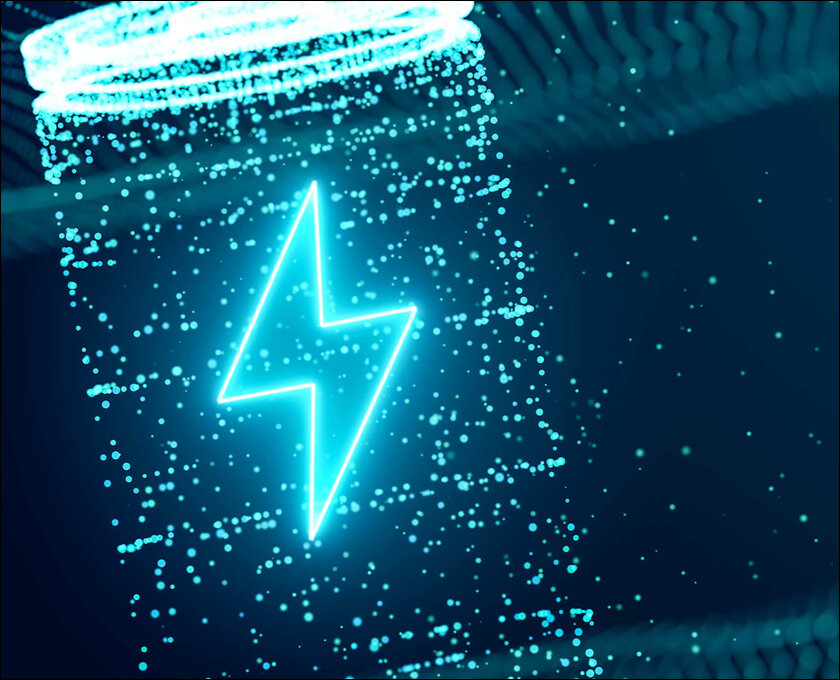
8. BATTERIES:
In a past article for Sify, we highlighted how companies are devising giant batteries to store power. These include storing hot sand in insulated containers, using water bodies at a height, to new, cheaper, better, and amply available materials to make batteries like sodium-ion and iron-air batteries. Some even want to use tea stems and one Chinese company wanted to make never-charge nuclear batteries. The ability to store energy will be as valuable as generating it in the world of data centers.
9. WASTE NOT, WANT NOT:
Technologies are being used to want less and less power for doing the same thing. There are already many data farms in the US that are housed in the sea bed. The neighbouring water keeps the data centers naturally cool. Other data centers are using AI to figure out the optimal use of electricity, thus saving up to 40% of energy. Ironically, the AI that is adding to the energy consumption needs of these data centers, is also helping reduce its energy needs.
Data centers need energy. As their numbers increase, so will their electricity needs. Thankfully individuals and corporations have stepped up. As these techs evolve, who knows what bizarre but productive method someone will discover? One thing is for sure though: the future will be as energized as we’d want.
In case you missed:
- Nuclear Power: Tech Giants’ Desperate Gamble for AI
- Why a Quantum Internet Test Under New York Threatens to Change the World
- A Manhattan Project for AI? Here’s Why That’s Missing the Point
- You’ll Never Guess What’s Inside NVIDIA’s Latest AI Breakthrough
- AI’s Top-Secret Mission: Solving Humanity’s Biggest Problems While We Argue About Apocalypse
- AI vs. Metaverse & Crypto: Has AI hype lived up to expectations
- Project Stargate: Dubious Origins in the 1970s to AI Goldrush in 2025
- OpenAI’s Secret Project Strawberry Points to Last AI Hurdle: Reasoning
- Microsoft’s Quantum Chip Majorana 1: Marketing Hype or Leap Forward?
- Is Cloud Computing Headed for Rough Weather


